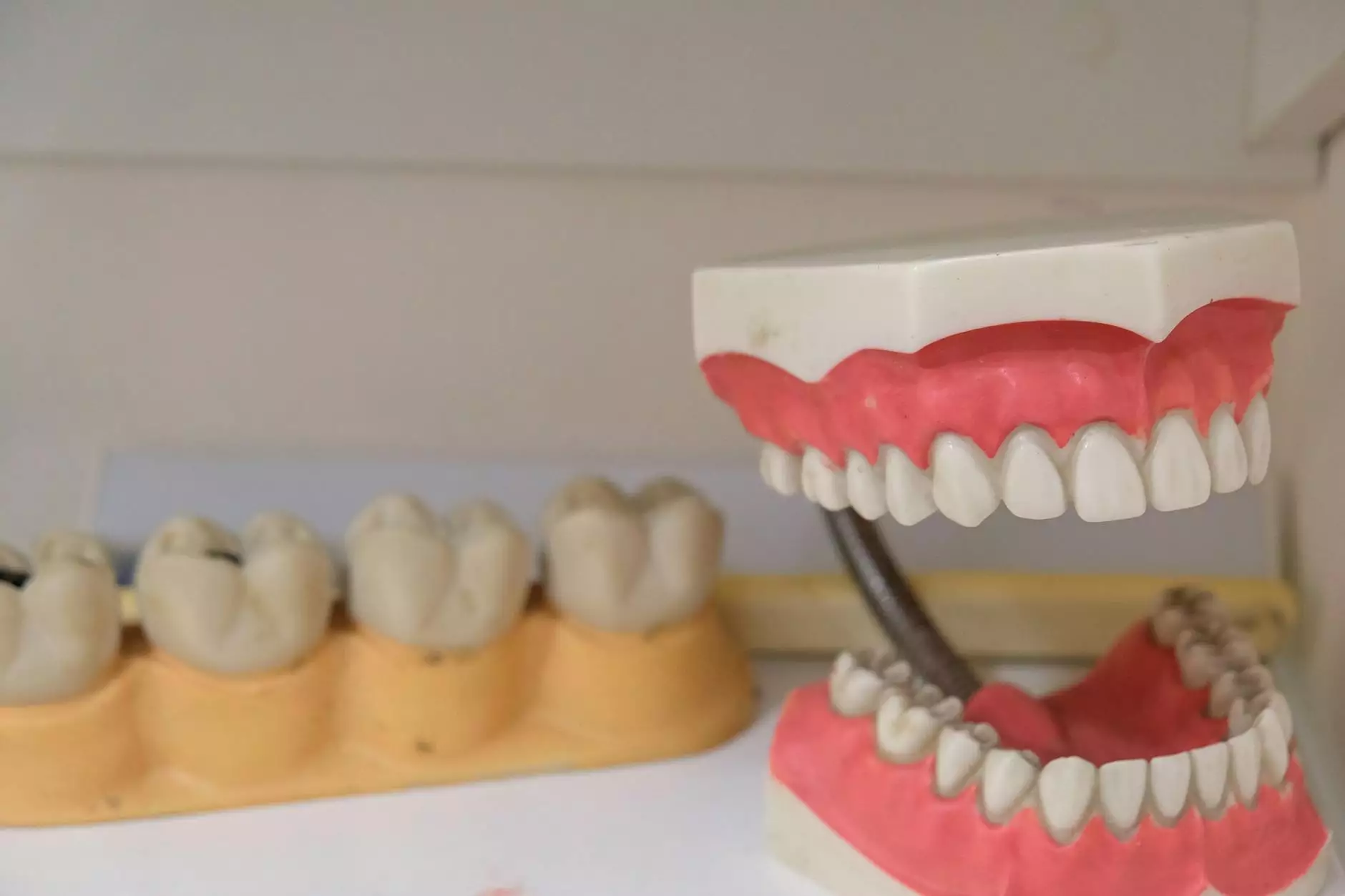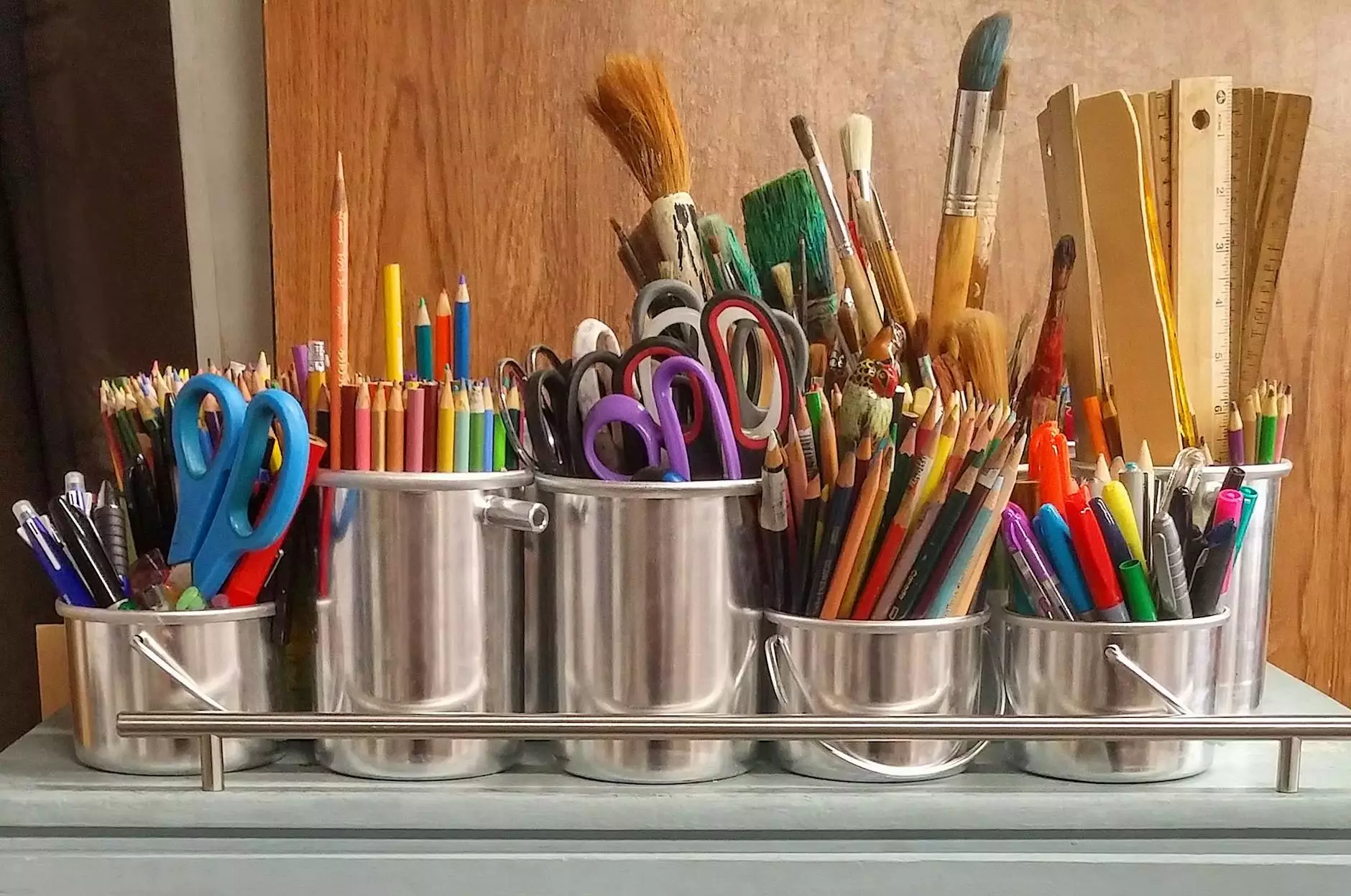Understanding Surgical Retractors: Essential Tools in Modern Surgery

The world of surgery is both fascinating and complex, filled with details that can significantly impact patient outcomes. One of the essential tools used in various surgical procedures is the surgical retractor. These instruments play a critical role in ensuring that surgeons can operate effectively and safely. This article delves into the significance of surgical retractors, their various types, applications, and their place within the broader category of medical supplies used in the healthcare industry.
What is a Surgical Retractor?
A surgical retractor is a medical instrument used to hold back tissues, organs, and skin during surgical procedures. By keeping these areas open and clear, retractors provide surgeons with better visibility and access, which is crucial for the success of any surgical operation. Without these tools, many surgical tasks would become unnecessarily complicated and time-consuming.
Types of Surgical Retractors
There are several types of surgical retractors, each designed for specific applications and procedures. Below, we explore the primary categories of retractors:
1. Hand-held Retractors
Hand-held retractors are commonly used in various operations. They require a surgical assistant to hold them in place, allowing surgeons to focus on the procedure. Some popular examples include:
- Richards Retractor: Known for its sturdiness and ease of use.
- Army-Navy Retractor: Features two blades of different lengths, making it versatile.
- Deaver Retractor: Offers a wide blade that is particularly beneficial in abdominal surgeries.
2. Self-retaining Retractors
Self-retaining retractors are designed to hold themselves in place, freeing up the hands of the surgical team. These retractors often feature ratchet mechanisms or springs to maintain the retracted position. Notable examples include:
- Balfour Retractor: Especially useful in abdominal surgeries, providing excellent exposure.
- Wiener Retractor: Ideal for orthopedic procedures, offering precise and adjustable retraction.
- Bookwalter Retractor: Commonly used in laparotomy surgeries, this system allows for extensive viewing through its flexible arm system.
3. Specialized Retractors
Some surgical procedures require specific retractors tailored to particular body parts or surgical techniques. These specialized retractors ensure that surgeons can navigate intricate anatomical structures without compromise. Examples include:
- Malleable Retractor: Flexible and can be bent to adjust to various surgical fields.
- Antrum Retractor: Specifically designed for use in ear surgeries.
- J retractors: Detailed for use in delicate procedures involving the eyes or small incisions.
Applications of Surgical Retractors
The application of surgical retractors spans a wide array of medical fields. Here are some critical areas where retractors are essential:
1. General Surgery
In general surgery, retractors help hold back layers of tissue while surgeons perform operations such as appendectomies, gallbladder removals, and hernia repairs. The effective use of retractors minimizes tissue trauma and improves recovery times.
2. Orthopedic Surgery
Orthopedic procedures often involve the manipulation of hard-to-reach bones and joints. Retractors allow orthopedic surgeons to maintain necessary exposure while working on complex structures, such as the spine or knee joints.
3. Neurological Surgery
Neurosurgeons rely on specialized retractors to provide access to the brain and spinal cord. The precision afforded by these tools is critical for delicate procedures, where damage to surrounding tissues must be avoided.
4. Cardiac Surgery
In cardiac surgeries, retractors help provide access to the rib cage and heart. This requires tools that can hold tissue back without compromising blood flow or damaging surrounding tissues, making advanced surgical retractors indispensable.
The Importance of Quality in Surgical Retractors
When it comes to medical supplies, quality cannot be compromised. High-quality surgical retractors must be:
- Durable: Made from strong materials to withstand the rigors of the operating room.
- Autoclavable: Capable of being sterilized to ensure patient safety.
- Ergonomically designed: Comfortable to use for extended periods, reducing strain on surgical staff.
Innovation in Surgical Retractor Technology
As healthcare technology evolves, so do surgical instruments. Innovations in materials, design, and functionality have transformed the landscape of surgical retractors. For instance:
- Lightweight Materials: The use of advanced composites has resulted in lighter instruments that are easier to handle.
- Digital Integration: Some modern retractors now incorporate digital technologies that provide real-time feedback to surgeons regarding traction force and positioning.
- Modular Systems: Newer designs offer flexibility, allowing surgeons to customize clamps and attachments based on procedural requirements.
Conclusion
In summary, surgical retractors are an indispensable tool in the surgical suite. Their ability to hold back tissues and organs enhances the surgeon's ability to perform procedures with precision and efficiency. At New-Med Instruments, we understand the vital role that high-quality medical supplies play in healthcare. Choosing the right retractors, along with all surgical instruments, ensures improved outcomes for patients and strives towards excellence in the medical field. As technology continues to evolve, the future of surgical retractors looks promising, offering innovative solutions to meet the challenges of modern surgery.
FAQs About Surgical Retractors
1. What materials are surgical retractors typically made from?
Surgical retractors are usually made from stainless steel due to its durability and resistance to corrosion. Some newer models incorporate lightweight alloys or plastics for specific applications.
2. How do I care for surgical retractors?
It is essential to clean and sterilize surgical retractors according to hospital protocols. They should be autoclaved after each use to ensure they are free from contaminants.
3. Can I find specialized retractors for specific surgeries?
Yes! There are retractors designed specifically for various types of surgeries, including orthopedic, cardiac, and neurological procedures. It's crucial to select the right type based on the surgical needs.









